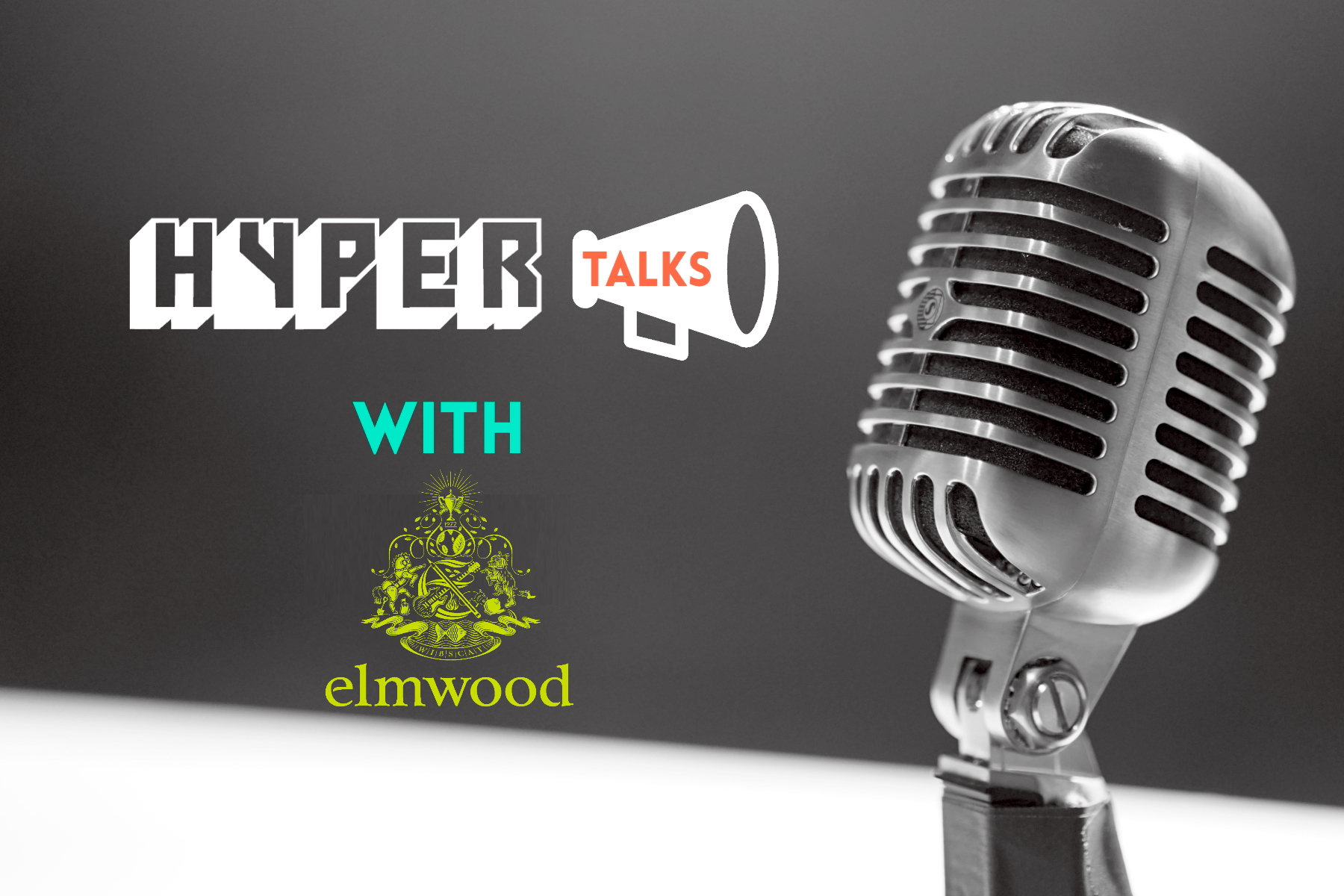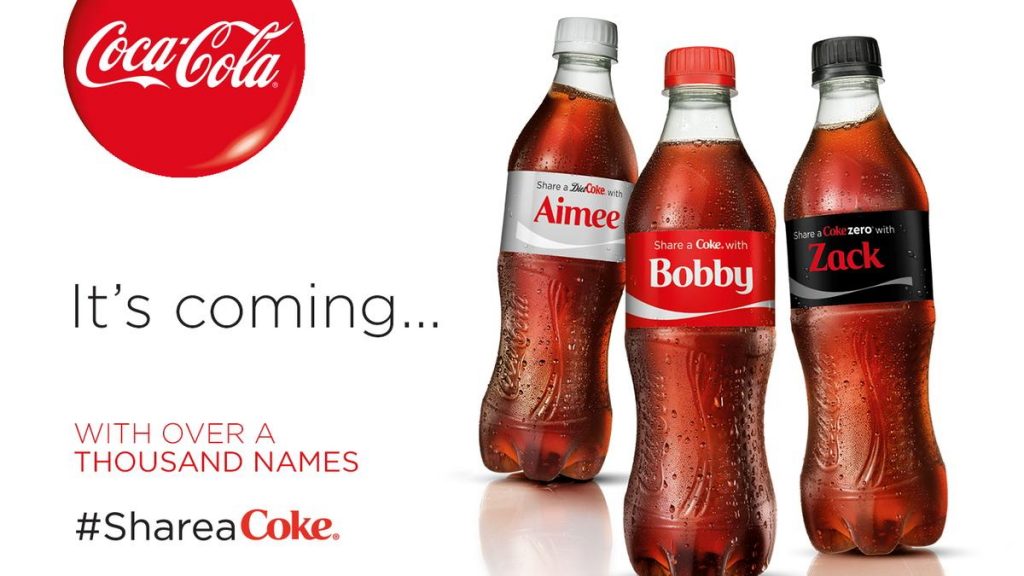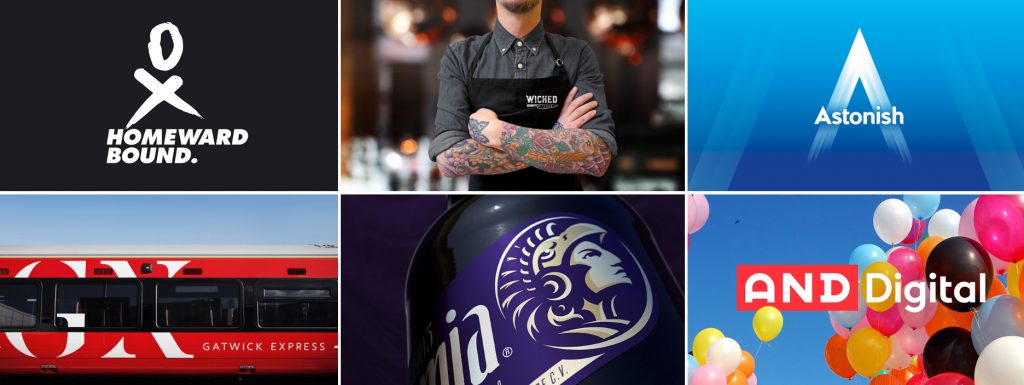
In an age of individualism there’s nothing more alluring than being spoken to as a human-being.
As we continue to explore the subject of personalisation, we spoke with Tim Leonard, Provocation Director and Wander Bruijel, Global Marketing Director from Elmwood, the award winning brand design agency for their take on the topic.
“Effectiveness defines the value of every idea”. These sage words, spoken by John Seifert, worldwide CEO of Ogilvy, and President of the Creative Effectiveness Lions at the world-renowned Cannes Lions festival of creativity, may explain why Elmwood are held in such high regard. For 10 consecutive years they have topped the league table at the DBA Design Effectiveness Awards, demonstrating their success in driving business value for clients.
During our discussion with Tim and Wander, we discuss what the subject of personalisation means to a creative agency and how personal connections help them drive more effective design, as well as understanding how brands are humanising customer experiences through data and personalisation. Some of the key topics we cover are:
- The importance of emotion to design and personalisation
- How data, digital and design enable personal connections
- The role of data and design in the experience economy
- Delivering consistent experiences across multi-channel and multi-touchpoints
- How we can ‘humanise’ brand experiences through predictive retail
What exactly does a brand design consultancy do?
What we do here at Elmwood is strategic brand design. We create a position for brands that is distinctive to them. In our studios around the world we have pictures of Jerry Garcia from the Grateful Dead and the great statement “It’s not enough to be the best at what you do. You need to be the only one who does what you do.”
Although we are a creative agency, we really like data and we like to ground things in a full understanding of the consumer’s world, the brand’s world, the landscape and beyond. The more information we have the more inspired we can be. The left brain/right brain thing. We like to keep the two coupled together. Great creativity is born from a deep understanding and is based in some hard science and data plus the emotional dimension.
It’s all about deepening the emotional connection with the audience. I get you; you get me. We talk the same language, we think about each other, we share common values. Brands need to have an emotional dimension to them. I like the idea of brands having personality quirks in them.
What does hyper personalisation mean to Elmwood?
For me, hyper personalisation is more about contextual relevance, and increasingly in the future, real-time. This is much more than just pre-printing my name on a Coke bottle. You can book-end people around certain lifestyles and values, but everyone is an individual. And in an age of individualism there’s nothing more alluring than being spoken to as an individual and as a human-being.
If you know my name, what I like, how I like to be spoken to on a Tuesday, how I like to be spoken to when I’m with a certain group of friends, how I like to be spoken to in an evening…we aren’t a singular persona. We shift and flex in real life throughout the day, throughout the year, throughout our lives.
This is not just about personalised digital experiences, but about a powerful combination of data, digital and human engagement that wraps around a singular view of that consumer.

The infamous #shareacoke campaign
How can brand design influence the customer experience?
As a brand design agency, for us, experience drives behaviour. And all experiences need to be designed. Whether it’s the hold music on a phone call, the chair you’re sat on, the wallpaper, the exit sign, the app, the logo. Everything should have a human sit down and think about it, whether it’s good or not, what is the customer experience going to be like.
As we live in an experience economy, as consumers’ expectations are always increasing, as loyalty is dying, and consideration sets are shrinking, every single point of that needs to be considered. It doesn’t need to be a circus at every point, but it needs to be considered. That’s the role of design. And getting design right comes down to understanding your audience. That empathy, using data again, that is what helps us get there.
Which brands do you think are getting personalisation right?
A Brazilian fitness brand, Centauro, created a packaged fitness program. They send you out a box of stuff, trainers, tops and other gear. In the first box there’s a code to access their experience app and the app has personalised fitness videos and nutrition information. But you can’t unlock the second box until you have completed the tasks through the app from the first box.
It is with you on the journey, it encourages further brand interaction, supports you in what you’re doing, is contextually relevant and personalised to your fitness needs. That’s a really smart customer journey with multi-channel interaction.
There’s also a U.S. brand where you buy clothes to get fit and as your shape changes, whether you’re bulking up or slimming down, you get the new size given to you. You’re buying access to the apparel, you’re not buying a single garment.
It’s understanding the context. It’s about anticipating intent and engaging at a point when your consumer is open to engaging. It is not about interrupting or following and hounding. We change, we change shape and we change attitude; we must demonstrate that empathy through a brand experience. That’s powerful stuff. And there’s value inherent in that. “Okay, I’m getting free gear, the more I do, the deeper my engagement is.” That’s really great.
I also think Jetblack, by Walmart, is worth mentioning. Super-premium, on demand, concierge for busy, affluent parents. You shop through a text interface on their app. You text and say, “I need gifts for an eight-year-old girl by Tuesday”. They just go, “I’m on it!” Or they might ask more questions, like, “how much do you want to spend?” “OK, we’ll send it to you tomorrow morning”.
It’s a digitised concierge, for you, on demand, real time, that understands you, understands the need. It’s all AI driven, not humans. All the distribution comes from Walmart and local independents, so it can grab and source products, it’s very contextual in every sense, and it’s very premium as well. It’s very smart in its branding.
How do you see the future of personalisation?
You get the classic Amazon, “people who have bought this, bought this thing. If you like this, you might like this.” And I thought, why don’t they just send you something to try? “We thought you might like this”. Like a human does. I’m not suggesting sending an iPhone, I mean small ticket things. It’s thoughtful, so they’d get engagement. Eat it, drink it, try it on. “Well yeah, I like these, actually, I’ll buy some more.”
So ‘pre-tail’, predictive retail. Not just suggesting you might like it; actually, sending it. For example, I’ve bought this game, rather than telling me I might like this other game, pre-download it onto my hard drive. Tell me it’s there, the offer is to try it out.
From a brand perspective the next level is also to anticipate the intent of someone at a given time and place, and then, as a brand it’s about how you wrap around that moment. That involves data, technology, but also old-fashioned human interaction.
My prediction for the future in terms of personalised search is that it’ll seem archaic to have to fire up a computer, launch some web browsing software, navigate to a search site, physically type in some search terms, and then work your way through the results.
In the future the thing will be listening to you talking about going on holiday, and will pop up in an intuitive human way, saying “I’ve got some tickets for this you might be interested in.”
The very phrase, ‘personalisation’, it feels like we will never reach it. Whereas ‘humanise’, I think is probably a more appropriate term.
With thanks to Tim and Wander for their time. The role of digital, design and data to deliver engaging customer experiences was really highlighted during our conversation. Brands that use the power of these three elements to deliver ‘human experiences’ are the ones that will deliver the most effective interactions. If you want to understand more about what Elmwood do, please visit their site here.
If you want to find out more about how HyperFinity can help you leverage data and analytics to enhance the customer journey and deliver personal connections with your customers, click below to get in touch.
Visit HyperFinity Get In Touch



